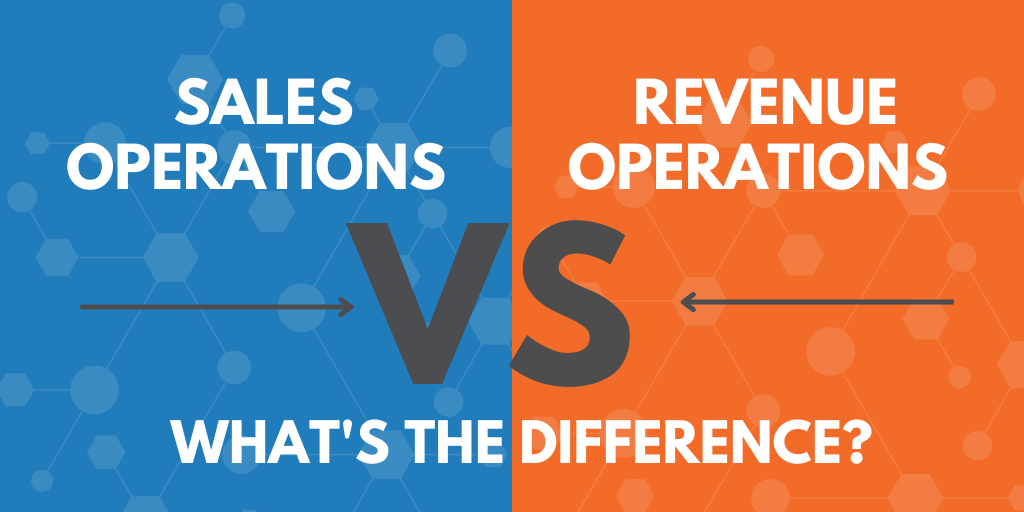For years, companies in manufacturing, engineering, technology, and professional services competed on efficiency. This intentional path was a profitable one, yielding leaner operations with fewer defects and tighter delivery timelines. But the past several years have proven that operational strength alone is no longer enough to protect growth.
The Hidden Cost of Misalignment: Why Sales and Marketing Must Operate as One Revenue Team
Misalignment between sales and marketing isn't just a cultural nuisance; it’s a revenue killer. In companies of all sizes, this disconnect quietly drives up customer acquisition costs, decreases win rates, erodes internal trust, and ultimately stalls growth. Strategic leaders across revenue operations are now urging companies to reframe this issue not as a conflict between departments, but as a structural failure in how companies manage their revenue engine.
Revenue operations focuses on the profitability outcomes that a business is trying to achieve. Most business leaders get revenue operations wrong – they think too narrowly about what it actually entails. The oversimplification of revenue operations limits profitability and impedes growth for any type or size of B2B company.
Top 10 B2B Challenges 2024: Scaling Sales and Building Trust: Key Insights for Tech and Engineering Companies
In today’s competitive landscape, engineering or technical professional services, and technology service providers are tasked with delivering high-value solutions to clients while maintaining efficient and scalable sales operations. As companies in these fields look to grow, they often encounter unique challenges: aligning technical expertise with sales processes, capturing qualified leads, and structuring teams to manage increasing demand without compromising service quality.
Five Considerations for Restructuring Your Sales Team When Expanding Market Reach
As businesses mature, expanding market reach becomes essential. Whether you’re merging with another company, acquiring a new business, adding to your product offerings, or simply looking to grow your sales team, your sales structure will likely need to adapt to meet new demands.
You have to think about how you structure your team in this new environment, because things will likely need to change—and they should.
Ed Hagen and Dan Sills founded OMiga in St. Louis, Missouri, to tailor back-office support for small to medium-sized businesses. They found the company growing rapidly, requiring them to concentrate on running the business more often than selling, so they engaged Atomic Revenue to assist with hiring their inaugural salespeople. Read on to find out how they achieved incredible sales results that went beyond the scope of their original request.
Whenever something’s amiss in our business, we tend to point the finger at sales. Think about it: anytime revenue is down, we’re not growing at the desired rate, or we’re not getting the valuation we want before putting our business on the market, we look at sales.
Depressed revenue must be because we’re simply not selling enough. Right? Not necessarily. Sales Operations as part of Revenue Operations provides solutions beyond "closing the deal" to get to profitability goals.
In recent years, leaps and bounds in the world of business technology have greatly enhanced the ways in which B2B companies sell to their customers. From using customer relationship management tools to manage and accelerate the sales process to tapping into social networks to create meaningful connections with prospects, it seems like every year brings a trove of incredible tech that can be leveraged for business growth.
Client Closes $100K+ in NEW Sales in the First 90 Days
A family-owned, St. Louis-based commercial printing company, The Advertisers Printing Company, proves you’re never too old for growth and change. For nearly a century, this business has stayed at the forefront of modern printing and cutting-edge technology. So why did the third- and fourth-generation owners decide to work with Atomic Revenue?
External guidelines are critical in the design process, needed to assure alignment among all parties involved in your sales efforts. The development and use of a Creative Brief can be an extremely valuable tool in achieving message consistency and clarity.





.webp)








